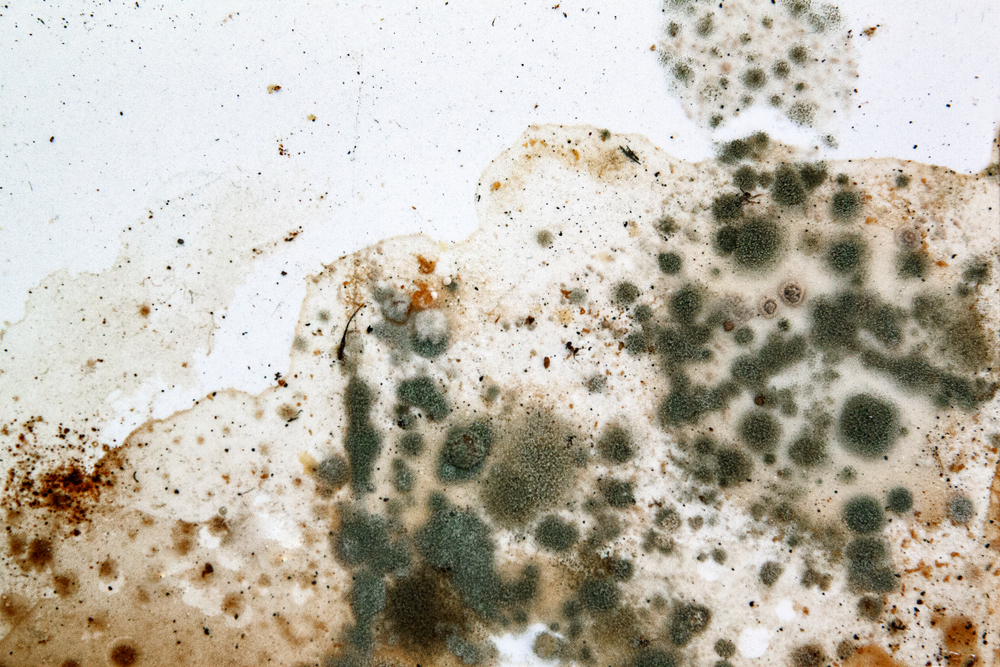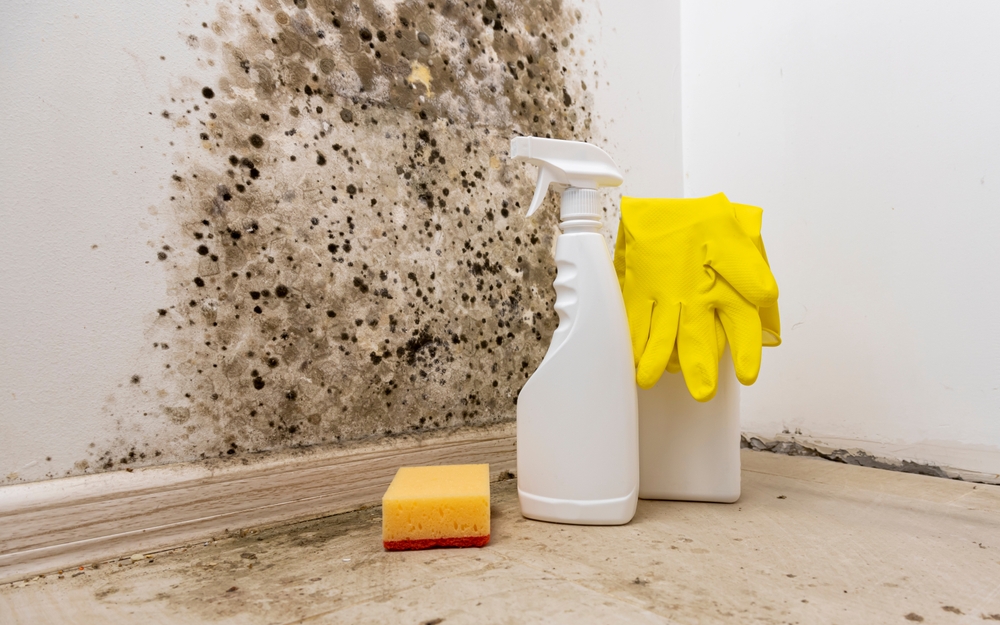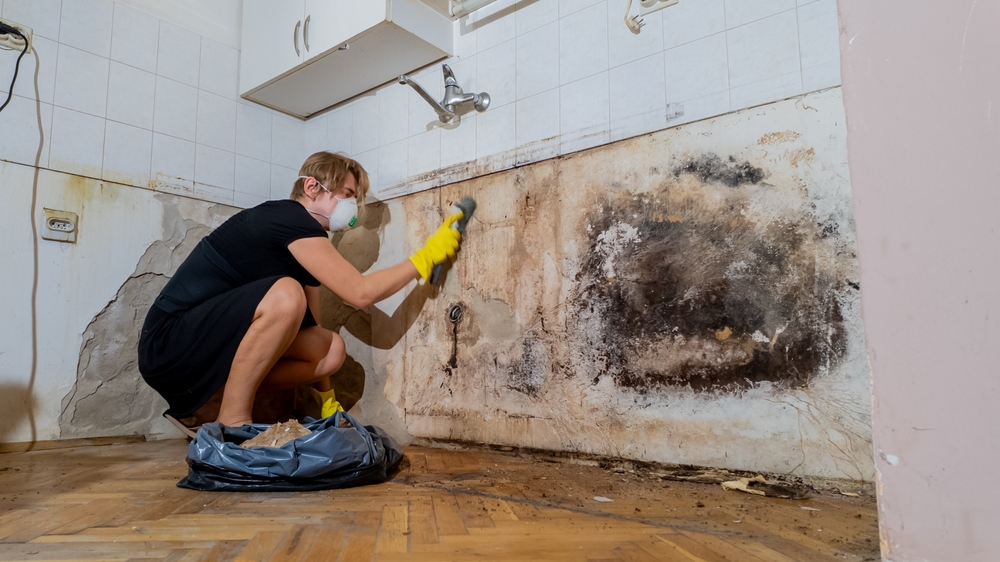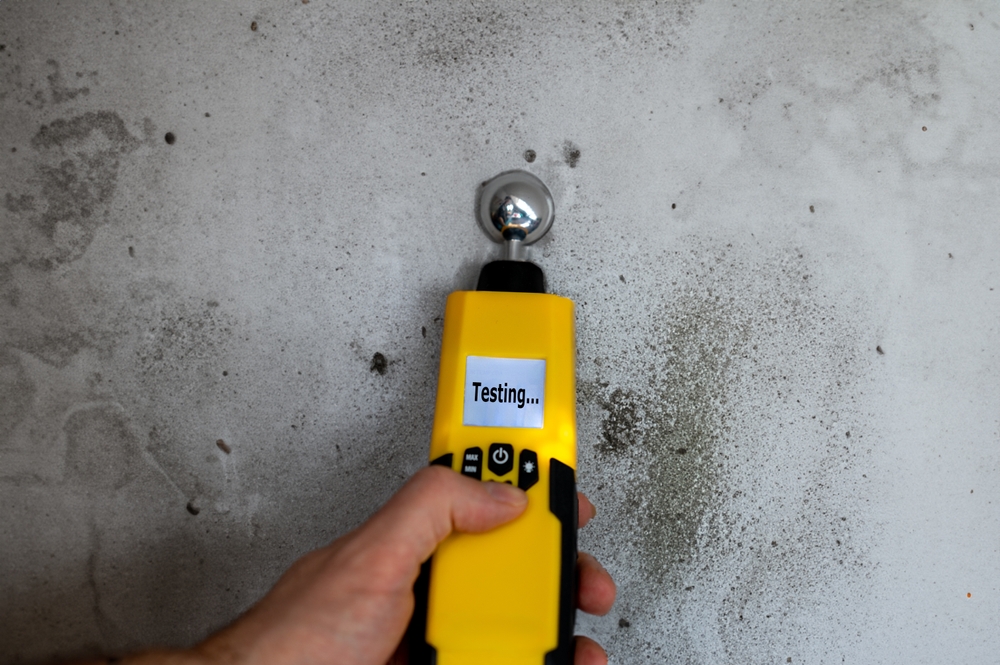Mold Remediation for Basements: Common Issues and Solutions
One kind of fungus that excels in damp, humid surroundings is mold. It reproduces by releasing microscopic spores that can float around and cause issues when they settle on damp surfaces. Particularly prone to mold development are basements given their chilly, usually moist surroundings. Mold presents serious health hazards; it is not only a cosmetic problem. In severe circumstances, mold can aggravate allergies, respiratory issues, and even long-term medical disorders. For homeowners, knowledge of mold remediation for basements—the process of removing and stopping mold—is absolutely vital. Common causes of basement mold are investigated in this article together with identification techniques, remedial actions, and strategies to stop its reappearance.
Common Causes of Basement Mold
Because of their lack of natural light, poor ventilation, and clos ness to water sources, basements offer the perfect environment for mold. The main reasons basements get mold are listed below:
1. Water Damage
Basement mold is mostly caused by water damage. Typical sources consist:
- Leaky Pipes: Leaking water from aging or faulty plumbing can lead to damp conditions that support mold development.
- Flooding: Particularly prone to flooding in heavy rain or from inadequate drainage systems are basements.
- High Humidity Levels: Mold thrives in the ideal conditions found in humidity exceeding 60%. Because of their subterensive location, basements sometimes have more dampness.
2. Poor Ventilation
Many times lacking enough air circulation, basements cause trapped moisture. This causes problems since:
- Stagnant air prevents evaporation of moisture.
- Closed areas produce moisture pockets where mold can thrive.

3. Condensation
When warm, wet air meets a cold surface, say windows or cellar walls, condensation results. This mechanism generates water droplets with potential to:
- Over time, gather and then seep into porous surfaces.
- Present as a water supply for mold colonies.
Knowing these causes helps homeowners to be proactive in addressing basement weaknesses.
Identifying Mold in Your Basement
Early mold detection saves money and time. Professionals or basic visual checks can usually assist one find mold.
1. Visual Inspection
Look for the following during a self-assessment:
- Discoloration: Search floor, ceiling, and wall surfaces for areas of black, green, or white. Often, mold shows itself as streaks or dots.
- Musty Odors: Even if development is not obvious, mold smells clearly and earthy.
- Visible Growth: Particularly in wet corners or regions with water damage, mold can show up as slimy or fuzzy patches.
2. Professional Inspection
See a mold remediation professional if you believe there is mold but cannot find it. With specialized tools, they:
- Calculate the degree of mold contamination.
- Search under carpets, behind walls, or in crawl areas for hidden mold.
- Offer a thorough action plan for correction.
Mold Remediation Steps
Removing current mold and stopping future development in mold calls for numerous stages. Long-term effectiveness depends on correct execution.
1. Containment
First is stopping the spread of mold spores:
- Using plastic sheets and tape, seal off the impacted area.
- Use negative air pressure devices to stop spore contamination of other spaces.
2. Water Removal and Drying
Excess moisture has to be removed if we are to prevent mold from resurfacing.
- Pump or wet vacuum standing water extraction.
- To totally dry out the basement, run air movers and dehumidifiers. Pay close attention to wet surfaces and secret spaces like wall cavities.
3. Mold Removal
Mold has to be physically removed:
- Using brushes and suitable cleaning products, scrub non-porous surfaces.
- If they are extensively contaminated, remove and throw away porous items like drywall or carpeting.
- Vacuum loose mold spores with HEPA vacuums.
4. Cleaning and Disinfection
Complete cleaning guarantees no mold residue in the area:
- To kill any last spores on cleaned surfaces, apply antimicrobial agents.
- To avoid cross-contamination, clean instruments and machinery following usage.
5. Repair and Restoration
Dealing with the mold’s underlying causes guarantees long-term benefits.
- Fix leaks in pipes, cracks, or other water-intrusions.
- Install air vents or exhaust fans to better vent a room.
- When at all possible, substitute mold-resistant materials for damaged ones.
Preventing Future Mold Growth
The best approach to prevent recurrent mold issues is prevention itself. These preventative steps can assist:
1. Regular Inspection
Make regular inspections for:
- Leaks near windows, pipes, and foundation walls.
- Indices of moisture or standing water.
- Early mold symptoms include discolouration or smells.
2. Proper Ventilation
Keeping airflow helps to lower moisture content.
- Keep humidity under 50% by using dehumidifiers.
- Install exhaust fans in bathrooms or laundry facilities housed in basements.
- Periodically open windows to enable fresh air flow.

3. Water Damage Control
Take quick care of water-related problems:
- Address leaks as soon as they are found.
- Cleaning gutters and sloping the ground away from your house will help to guarantee appropriate drainage around the foundation.
- Put in a sump pump to manage extra water during heavy rain.
4. Regular Cleaning
Less prone to harbor mold is a clean basement:
- Frequent floor sweep and clean helps to avoid accumulation of dust and trash.
- Instead of cardboard boxes, which collect moisture, store objects in plastic containers.
- Keep furniture somewhat raised to let air flow across it.
Conclusion
Mold in basements is a common problem, but it is manageable with the right approach. This article outlined the causes of mold, how to identify it, and detailed steps for effective remediation. It also highlighted preventive measures to avoid future mold growth. For extensive mold problems, it is always advisable to hire professional mold remediation experts. Proactive steps, such as regular inspections and proper ventilation, can save homeowners from costly repairs and health risks. Take action today to keep your basement mold-free and safe for your family.
Additional Tips
1. Use Visual Aids
To show stages of mold development and remedial actions, think about including visuals or infographics.
2. Create a Checklist
Homeowners can evaluate their basement’s mold danger with a checklist. Add points on looking for leaks, measuring humidity, and looking for obvious mold.
3. Choose Reputable Professionals
Investigate the certifications, reviews, and techniques of a mold remedial firm you are employing. Verify they provide warranties and adhere to industry norms.
4. Share Real-Life Examples
Case studies regarding mold remediation or personal tales about it will help to make the material more interesting and relevant.
Philadelphia Restoration Services
https://www.google.com/maps?cid=3399342399556699153
+1 267 668 0013
https://philadelphiarestorationservices.com/


